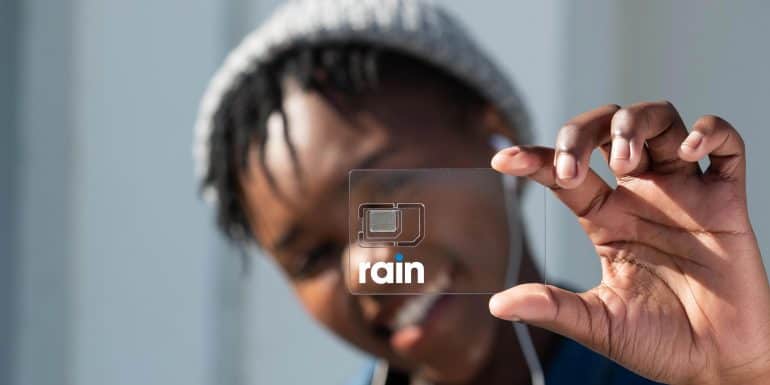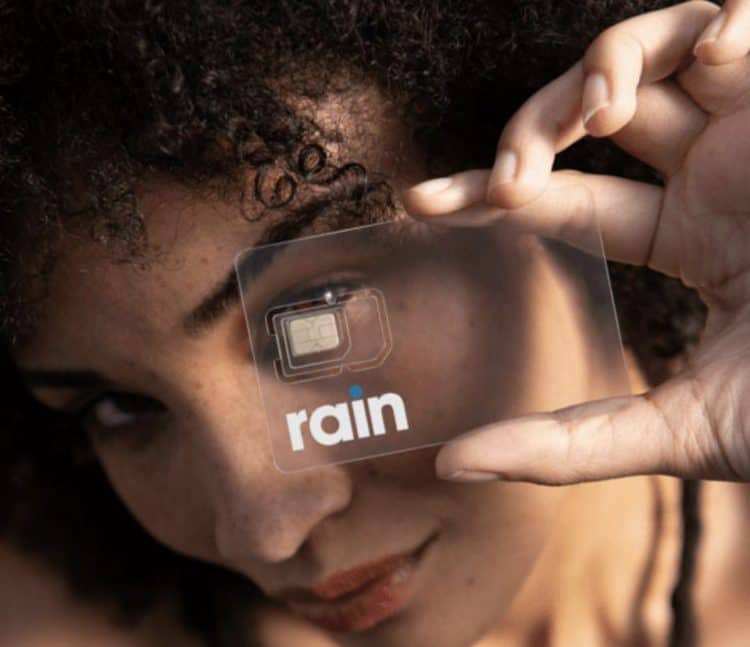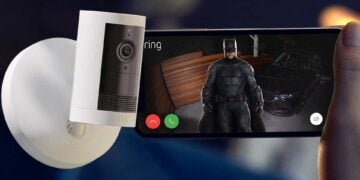In what turned out to be fortuitous timing, I ordered an upgrade from my uncapped 4G rain SIM card to the newly available 5G option just two weeks prior to the March 2020 lockdown here in South Africa. This included both the router and SIM bundle. The package was delivered within the week and worked brilliantly right out of the box. However, after two years of using the service, I was left with no option but to cancel my rain 5G access and move to a different ISP. Luckily, we have a few competitors like Telkom, MTN, Vodacom, Huawei and Cell C.
Here’s the good, the bad and the ugly of rain‘s 5G internet service and, ultimately, why I cancelled.
The Good
When first receiving the rain 5G indoor router and SIM, it came with a simple set of instructions. Most of the configuration would be done by means of the associated Rain website, which would facilitate where best to position the router for the best coverage. It worked out fairly easily, being able to detect all tower locations in my neighbourhood and choose the best.
Best, however, doesn’t mean closest. Having a flat on the 3rd floor and located on a bit of a hill, the closest 5G tower was located ‘behind’ the complex. Although just 800m away, it was blocked by several buildings between my flat and the tower. On the ‘front’ side of the complex, down the road, was the second closest tower. Not all that far away either, at roughly 1km. This is where my router is attached and would remain for the foreseeable future.
With the rain 5G option just being made available to the area that month, I was one of the first to have ordered it. This meant I was receiving average download rates of around 270Mbps. Upload rates, as is understandable, weren’t as high, usually around the 20-30Mbps mark. A great experience overall.
On the odd occasion, the speeds would drop, and there would be a notable lag, especially when video streaming HD content on multiple devices. But still, it was a good overall experience where I only had to call support for assistance two or three times in the 18 months of use. This was the perfect setup for my work-from-home status once the lockdown kicked in.
Things Starting to Unravel
Things started going south during the month of August 2021. At the time, I noticed that the device performed an automatic firmware update. This wasn’t uncommon, as it would do so regularly over the duration of the service. However, the LED lighting on the router had changed as well, which meant that the signal and connectivity indicators were now different from the out-the-box instructions. And this was the sign of things getting really bad with rain.
During the day, while still working remotely, speeds would average anywhere between 40 to 60Mbps. This wasn’t ideal, given that I had signed up for the Premium 5G rain package at R999 per month. However, because it would get the job done reasonably well, I paid little to no mind to it.
During peak hours, usually after 6pm to about 11pm, there would be a sharp drop in download speeds and even the ping, which made the experience even worse and caused latency. After a few days of this, having initially assumed it to be general maintenance or optimisation of the changes, I had enough. I contacted rain support and logged the ticket.
A rain technician was assigned to my ticket at the time. This was the first of about 10 on-site visits from one of the technicians. During each of these visits, I noted quite a number of different bits of information as to why the issue surfaced. While most technicians assumed me to lack the knowledge of the inner workings of a mobile network, which in itself frustrated me, I could pick up some odds and ends of what they were trying to avoid telling me.
By the 5th engineer, and about three months into the issue, having attempted numerous changes, fixed tower attachments and more, the issue was still not resolved.
Understanding Why

Based on some research and insider information, I found that rain had updated its 5G towers to offer only 5G connectivity. This meant that 4G (LTE networks) fallback on poor connectivity was no longer an option. This was the start of my issues, as it would appear that whenever I lost stable 5G connectivity, it would fall back to 4G. I’d be able to continue using my router unassuming of the issue as there wouldn’t be too much of an issue streaming content using the 60+ Mbps 4G in the area.
In addition to this, the tower I had been attached to seems to have been over-subscribed. This means that the network contention was poor as well. In a nutshell, this is a mechanism called multiplexing, in which users share the infrastructure of the network, each ‘taking turns’ to connect and download from the tower, so to speak. As a result, the distance I was from the tower and above the tower meant that the priority for my router was weak, leading to poor throughput. All of the changes that had been implemented on the tower, network and router affected my 5G connectivity, which made the experience unmanageable.
My biggest pain during this time came in the form of any uploads that I needed to perform. This includes attachments to emails, video files to Google Drive and more, which formed a large part of my daily routine. Uploading of any data would cripple the download speeds, and no one else could use the internet while I had to upload any file. Ridiculous.
The Final Attempt
In the last attempt to increase my performance, the rain engineers that arrived at my residence attached the router to a higher position outside the flat. Previous to this, it was located on the balcony, where it had the best reception. The router was also exchanged, and firmware was set not to update or towers to switching. It worked to some degree, with speeds back up to 80Mbps for a couple of weeks.
While it wasn’t 5G speeds, it was still decent enough to get by. I used the time I bought to find another ISP. This was also a process, especially when it comes to ordering online and having delivery and activation from home – this is still something that rain does the best.
Even the cancellation process was seamless. Having cancelled the service online via their website, they proceeded to call and schedule a collection date, but not before attempting one last effort to try to fix the rain service. However, after six months of paying for 5G and barely receiving 4G, I had had enough of trying.
Saying Goodbye to rain 5G
After the final payment – with one month’s notice period – the courier was dispatched, contacting me in the morning and collecting the router with the SIM attached.
I’ve found another 5G ISP and currently enjoying average speeds above 250Mbps in the evenings and about 150Mbps during the day with a ping below 20ms. Not being able to go back to slower internet speeds, I’m hoping the service quality remains for the foreseeable future.
It was a great 18 months of service from rain I will admit, but network and firmware updates, as elected by the internal network team, have led me to break ties in the end. Alas!
Tell us, have you had a bad experience with the rain 5G network?










